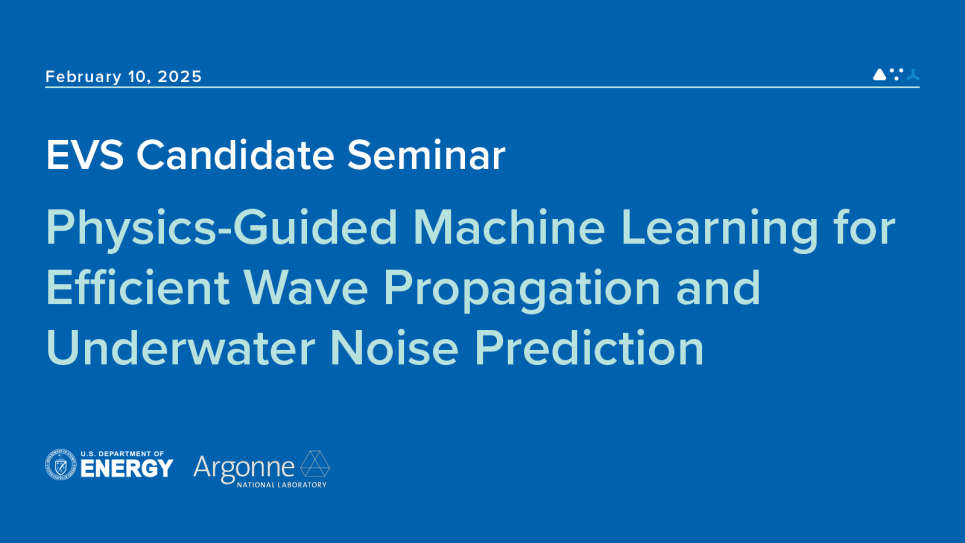
Physics-Guided Machine Learning for Efficient Wave Propagation and Underwater Noise Prediction
Accurately predicting wave propagation and underwater noise in complex environments is crucial for applications in ocean acoustics, maritime operations, and environmental monitoring. Traditional full-order models based on high-dimensional differential equations are computationally expensive, limiting their feasibility in real-time applications. My Ph.D. research focuses on developing physics-guided machine learning (PGML) reduced-order models that efficiently capture wave dynamics while preserving underlying physical constraints, making them suitable for real-time deployment. By integrating conditional convolutional autoencoders, attention mechanisms, graph neural networks, and domain knowledge to enhance deep learning models, I have demonstrated improved long-time horizon predictions with enhanced stability and reduced computational cost. Notably, my work introduces loss decomposition techniques to quantify and mitigate dispersion and dissipation errors in deep-learning-based solvers. These advancements have been successfully applied to range-dependent ocean environments, metal 3D printing distortion prediction, and fluid flow modeling. In this talk, I will discuss key findings, challenges, and future research directions in physics-aware AI for scientific computing.